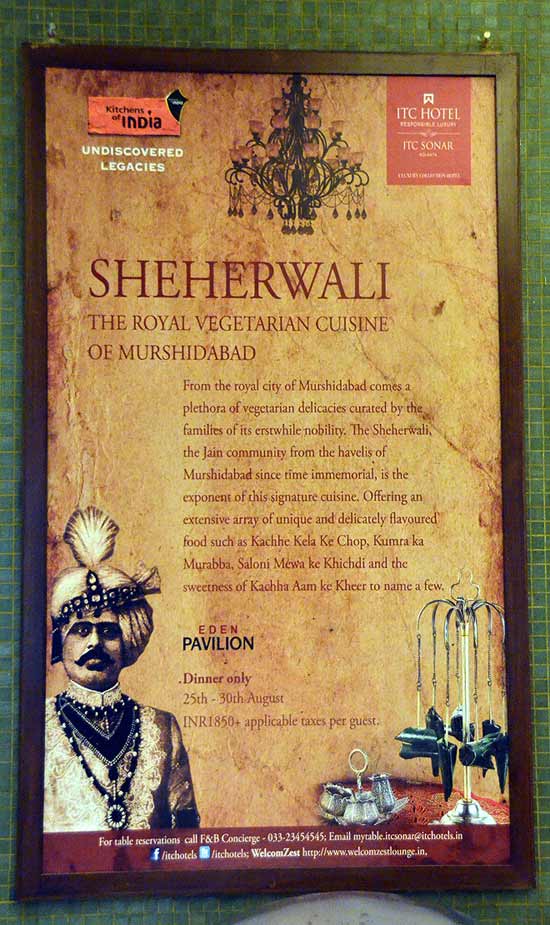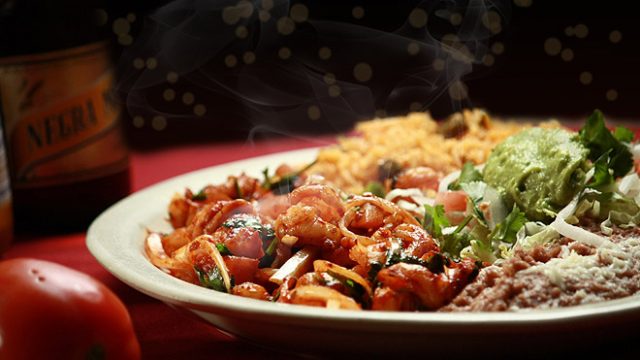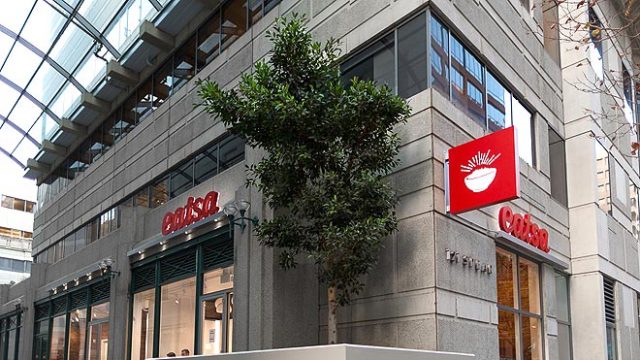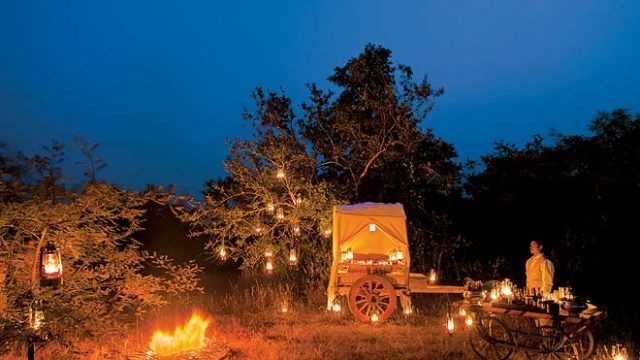It was a test of patience: to eat Indian food served in courses takes some getting used

But who are the Sheherwalis? I certainly didn’t know much about this community of Jain merchants from Rajasthan who settled down in Murshidabad in Bengal about 400 years ago. Murshidabad then was the capital of the Nawabs of Bengal and a trading hub where Europeans came to buy silk and other things. The first to arrive is believed to be one Hiranand Galeda, whose family later earned the title of Jagat Seth (bankers to the world). As trade with Europe picked up, other families, such as the Singhis, Dugars, Nawlakhas, and the like followed. They bought zamindaris (feudal estates) and settled down on the banks of the Ganga near Murshidabad. Even today, you will find finely crafted homesteads and Jain temples at Azimgunj and Jiagunj, where these merchants had settled down. “As people lived here and went to the sheher (city; in this case Murshidabad) for business, they became known as Sheherwalis,” explained Sumitra Jhunjhunwala, a Sheherwali now settled in Kolkata.

The Sheherwali cuisine borrowed liberally from its surrounding cultures—Nawabi, Bengali and European. So the famous Bengal spice—panch phoron—found its way into the cuisine while the Nawabi influence led to liberal use of rose water, saffron and dry fruits. Among other things, we tasted the kheere ka kachori (‘puri’ stiffed with grated cucumber and curd) on which we smeared lemon juice and spiced up with the dhania ka chutney. It was a unique experience eating the missa—a puri made of flour; we took a spoonful each of the pointed gourd cooked in masala gravy and the dahi ki sabzi, crumbled the puri in the mixture, and paired it with the Kheere ka Rahri.

Then arrived two types of khichdi, one spicy and the other sweet (with liberal doses of saffron, rose water and dry fruits); the spicy khichdi, in particular, paired with the madia (a liquid dish made from rice starch, tamarind and spices) was a world apart from the humble staple one associates with. Sheherwali meals always end on a sweet note and we partook of the Kacha Am ka Kheer—a concoction of milk boiled with saffron, sugar, rose water and raw mango sliced as thin as the vermicelli.

According to Chef Kulshreshtha, the specialty vegetarian cuisine of the Sheherwali community may one day find itself integrated in the hotel’s culinary spread. But for now, you can enjoy a dinner buffet spread from August 25-30, 2015 at the Eden Pavilion in ITC Sonar, Kolkata. Ph: (33) 23454545.
festival
food guide
ITC Sonar





